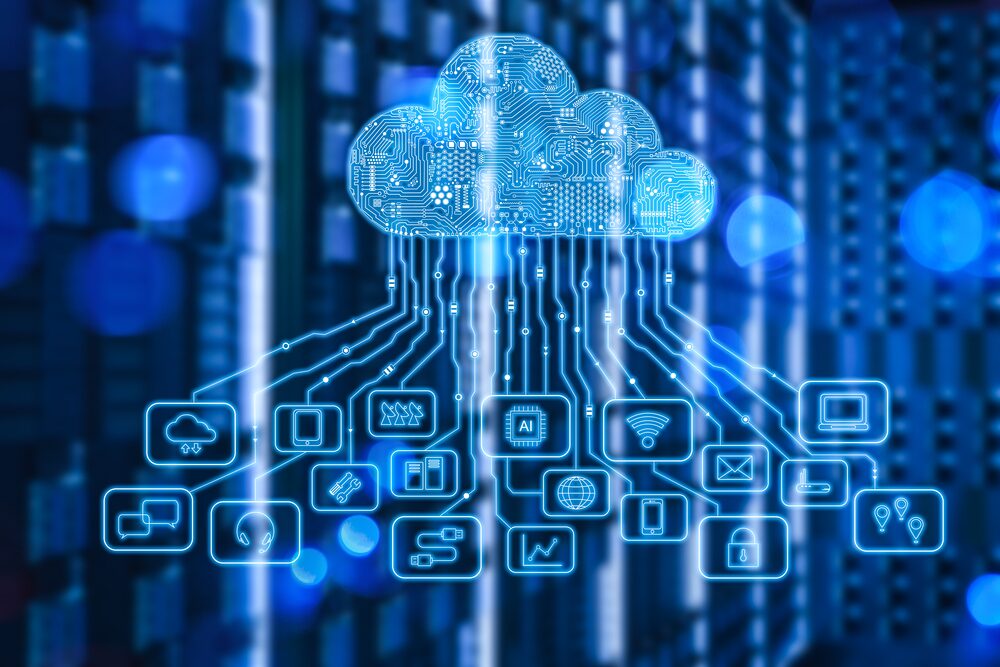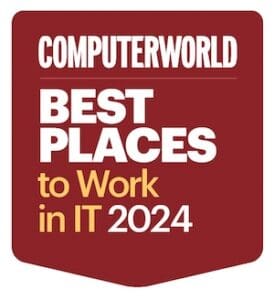Avoiding Security Risks During Cloud Migration
Now that cloud computing and storage is so affordable, many companies are beginning cloud migration projects to move their workflows into the cloud. Working from the cloud offers numerous benefits, from being able to access all your data remotely with ease to collaboration across departments. However, during your migration, it’s important to take precautions and ensure data security. Data migrations are golden opportunities for cyber-attacks. Here’s how you can avoid security risks and ensure a smooth transition.
What Are the Main Cybersecurity Risks During a Cloud Migration?
Most companies that are migrating their operations to the cloud currently have a local area network (LAN) with a central server on site. Your associates’ devices read and write data to and from the server. Since the server itself can be secured within the LAN, your data is generally very safe from attacks. Unless someone gains access to your network, it’s almost impossible to steal information. Once your data is in the cloud, you’re more exposed to data risks.
Cloud-based systems allow users to access their data from anywhere, meaning that a cyber-criminal could also try to access your data remotely. The main risks to your data include data loss or data theft in the form of a data breach. Phishing attacks can also expose cloud computing to criminals who may try to cripple your operations in the cloud. Let’s examine these risks more thoroughly to learn how to best protect your business while migrating your data.
Data Loss
Data loss during migrations is possible even without a cyberattack. If you do not carefully manage your files, it’s possible that you have useful data saved in other locations, which may not end up transferred to your cloud system. However, in most cases, as long as you don’t preemptively delete any data from your old devices, you should not lose any data during your cloud transfers. Cloud systems will verify data integrity after uploading is complete to ensure your files are intact.
A more serious risk, however, is losing data due to a cyberattack. An attacker that infiltrates your network or your cloud storage while you are in the midst of migrating could delete data or use ransomware to encrypt it and make it impossible to access. Be sure to back up your files thoroughly before beginning any migration project so that you can restore data in the worst scenario.
Data Breaches
A data breach can have major ramifications for your business. During data migrations there are several opportunities for cyber criminals to steal data, potentially leaking valuable information about your clients or your business practices. Attackers can potentially gain access to your cloud system if it’s not properly configured before starting your migration. If your network is not secure, attackers may be able to steal data as it’s transferred out of your offices to the cloud.
Data breaches can expose your company to civil liabilities if clients’ personal information is stolen. Likewise, it can negatively affect relationships with other businesses if proprietary information is lost to hackers.
Phishing Attacks
Phishing attacks are extremely effective during migrations. These attacks use seemingly innocent emails to trick your associates into giving up their username and password. Why does phishing work so well during a cloud migration? Your staff is aware that they’ll be switching over to a new system, so naturally they’re expecting emails to arrive so they can set up their account. Therefore, a phishing email is much more likely to succeed.
Be sure to communicate with your team so that they know when to expect their accounts to be created and how that process will function. When everyone is well-informed, a fake email will stand out right away.
Mitigating Cybersecurity Risk While Migrating to the Cloud
What can you do to ensure maximum security during your migration without making the process more difficult? There are several tools that you can use to mitigate risks and achieve a successful transition to the cloud on schedule.
By controlling access to your network and your cloud system, you can avoid most data breaches or data loss scenarios. Software can provide an additional layer of protection by detecting unusual activity and preemptively halting it to avoid a serious incident. In the long term, consider working with cybersecurity experts to develop action plans to respond adequately to any future incidents.
Securing Your Accounts
A compromised account is the most common cause of data breaches. Many times, accounts are compromised when users don’t change default passwords, or when they fall prey to phishing attacks. You can reduce your risk by requiring tougher passwords, or by implementing additional forms of verification. Biometric authentication, for instance, requires a fingerprint or facial recognition to access an account in addition to a username and password.
In addition, you can require two-factor authentication to access your cloud system. This will require users to accept a prompt on their mobile device, which ensures that only your authorized personnel can access your systems.
Network and File System Monitoring
Software can monitor your network and file system to detect suspicious activity and stop it before a disaster occurs. These tools learn how you interact with your systems to identify odd behavior. For example, if you’re based in Arkansas, and suddenly, one of your associates logs in from Russia, software could automatically flag the login as suspicious and require additional authentication.
File system monitoring tools can run on your cloud as well to detect high volumes of reads or unusually large file transfers. If files are suddenly being sent offsite to an odd location, the software can stop the transfer or request a manual review from your security team.
Working With IT Consulting Services
Speaking of teams, it’s best to work with a comprehensive team of IT experts if you want the best cybersecurity possible. Every business has unique needs, and experienced IT consulting services can determine the best solution for your company. Managed IT service providers can also cover your cybersecurity needs remotely, monitoring your business and acting immediately to protect you from a threat.
Contact Edafio to learn more about how we can help you migrate your systems safely and successfully.








